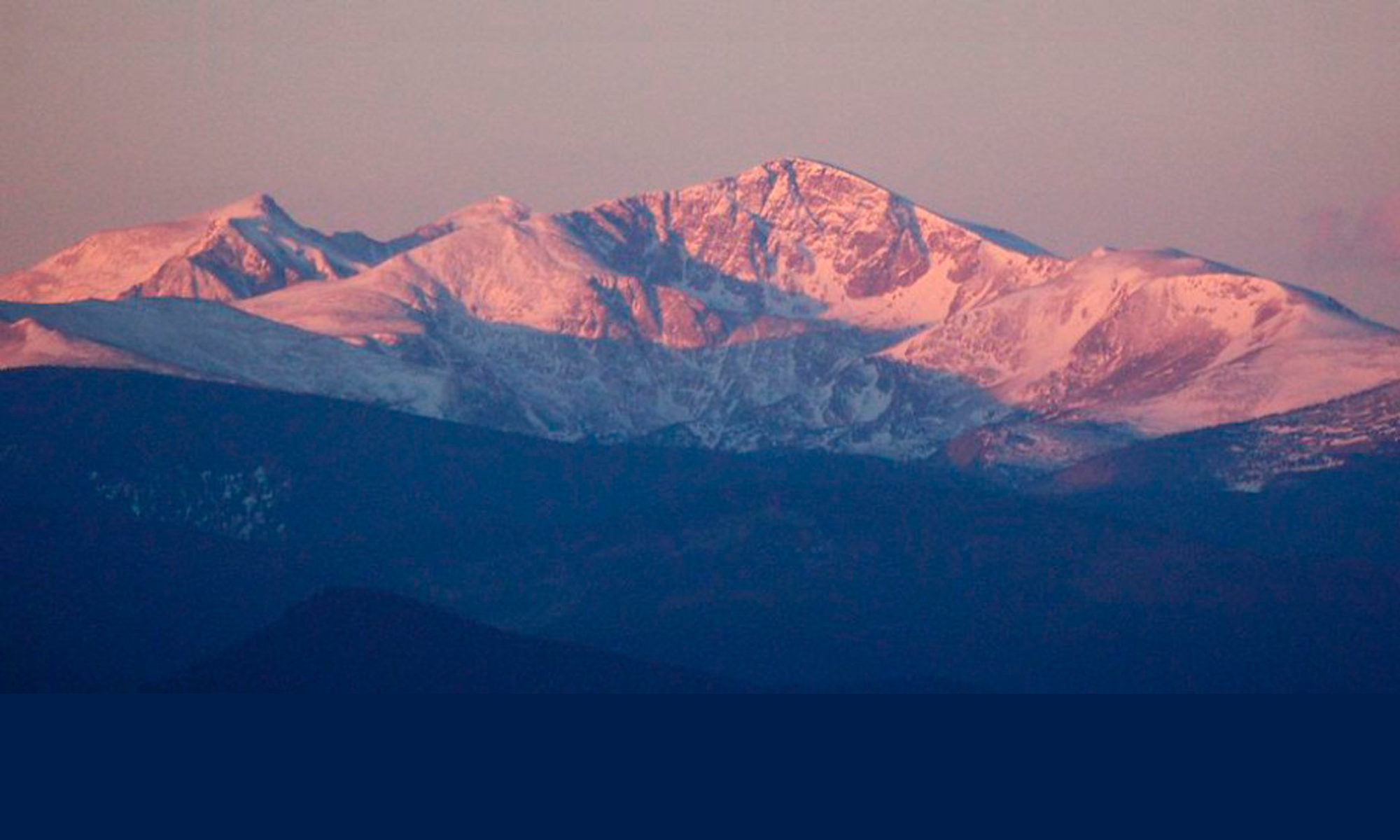What does the Hundredth Monkey story hold for us in the year 2010? That is a really good question that deserves looking into. Ken Keyes wrote a great little book called THE HUNDREDTH MONKEY. In this book he describes scientists observing the Japanese monkey, the Macaca fuscata, in the wild. These monkeys have been studied since 1952.
On the island of Koshima, scientists were feeding monkeys with sweet potatoes by dropping the potatoes in the sand. One young monkey that the scientists called Imo didn’t like her sweet potato dirty, so she started washing if off before eating. She taught this trick to other monkeys that were around her. Eventually many of the monkeys on the island followed Imo’s lead, especially the younger monkeys. Then something startling took place. A large number of the monkeys all started washing their sweet potatoes (the exact number is not known). Ken Keyes asks us to imagine that there were 99 monkeys washing the potatoes and then 1 more monkey the hundredth monkey washed her potato. That is when something extraordinary happened.
By that evening almost everyone in the monkey tribe was washing sweet potatoes before eating them. The added energy of this “hundredth monkey” somehow created a vortex of energy that allowed seemingly impossible things to happen. Colonies of monkeys on other islands and the mainland troop of monkeys at Takasakiyama began washing their sweet potatoes without ever observing or communicating directly with Imo. According to Ken Keyes the Hundredth Monkey Phenomenon means that when only a limited number of people know of a new way of thinking or doing something there is a point at which one more person tuning in to a new awareness, a field is strengthened so that this awareness is picked up by a much larger group of their species.
Dr. Rupert Sheldrake has studied the learning and communication of species for years. His best well-known work is around morphogenetic fields. His studies are fascinating, especially when you realize that there may be scientific reasons around unexplained events like birds and animals learning behavior as a species that no one has shown them directly. There is great hope for humanity in these studies. As time unfolds hopefully more and more people accept new concepts and information as normal, viable and mainstream ways of life. We see this in so many ways even now.
When I first took a Reiki I class in 1985 very few people had heard of it. Now people have heard of it, or know someone who does Reiki, or has had a treatment either in a center or spa. Acupuncture was considered an Asian treatment that did not belong in the Western world of healing or medicine.
Not only is it now accepted in our culture, but many insurance companies will pay for these treatments as normal health care alternatives. Yoga was an Eastern tradition and exercise that took a long time to make its inroads into our society. Most recreation centers have yoga classes for all ages and it is considered normal in our day and age. Very few people had heard of the Course of Miracles when I first started reading is in the 1980s and now it is translated around the world in many languages. It has even been quoted in the United Nations opening ceremonies.
The seed of wisdom are like pebbles thrown into a large lake or pond, the ripples move out from the center eventually reaching the shoreline (where many of the people are waiting).
Blessings,
Patricia
Photo by Fernando Boza

